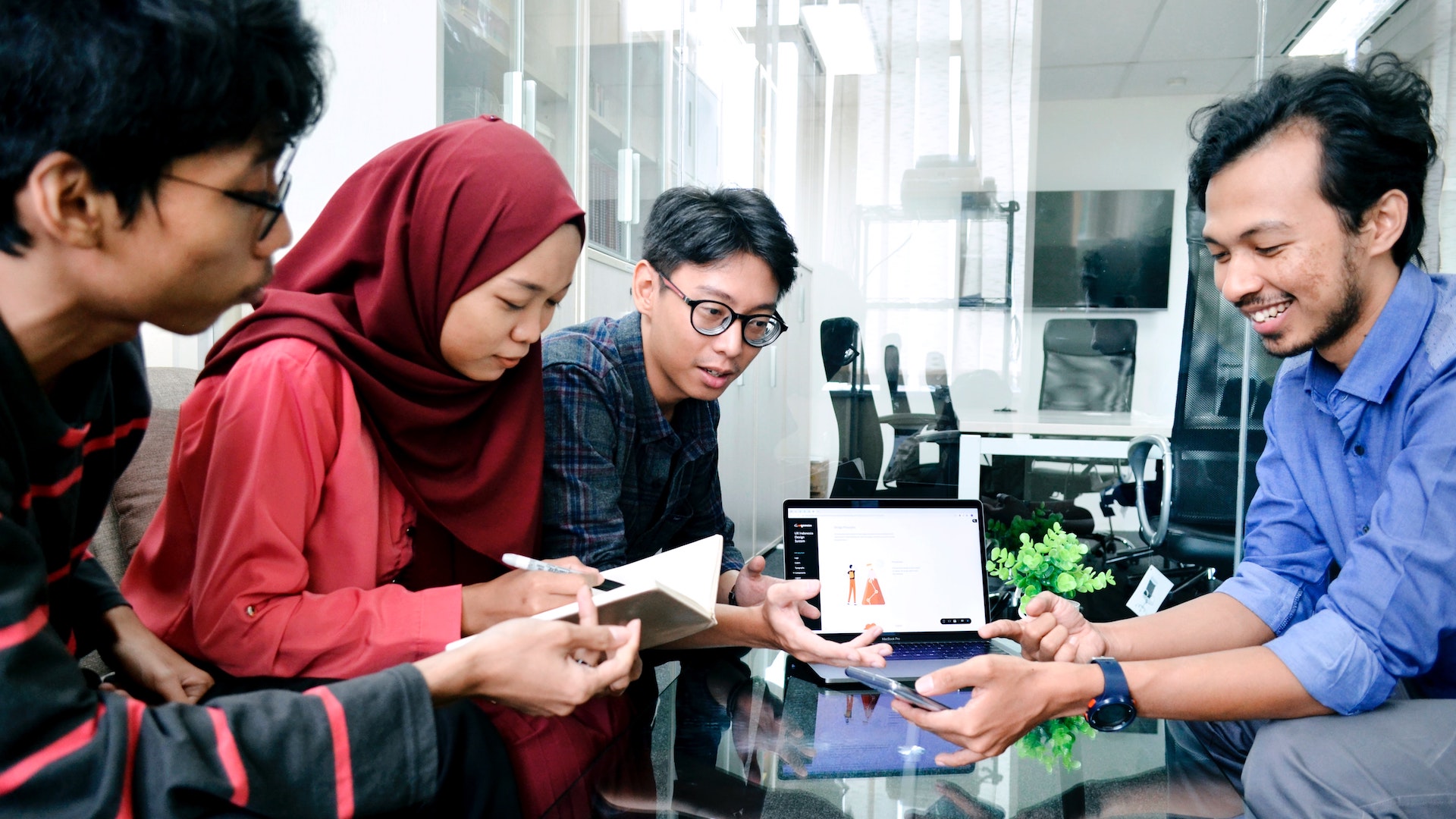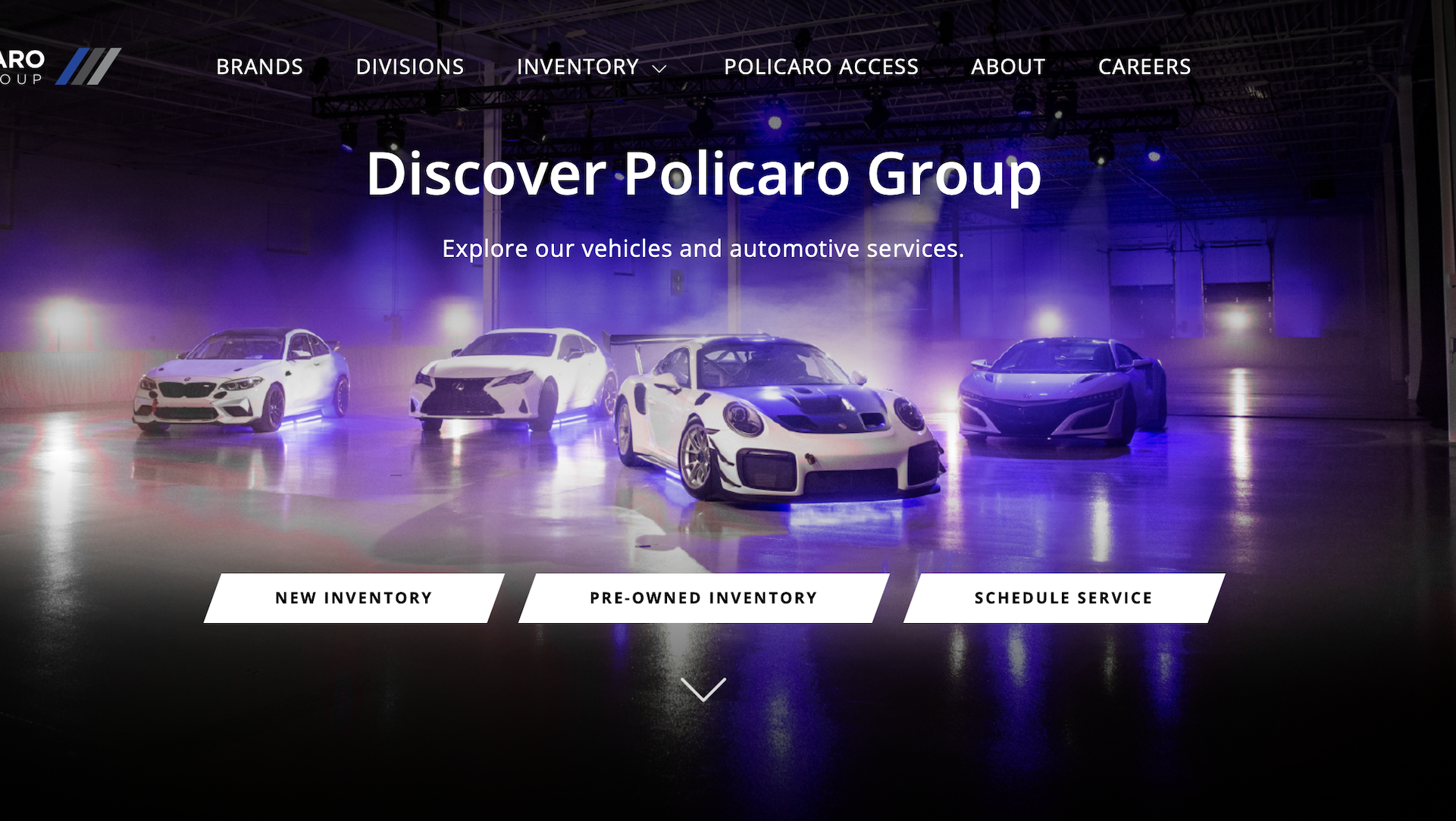At Zeitspace, we are constantly ramping up quickly on new projects, in new product spaces, with new people. Those first couple weeks on a project are interesting and exciting, but also a little overwhelming at times. We talk about project goals, background information, potential users, current state of the product, and more. It can be a lot to take in! One tool I’ve found useful during this time in a project is the mini creative brief — a one-page document that describes the project at a high level from a UX design perspective, and rolls all of my initial understanding into a short, concise summary.
I first learned about mini creative briefs when reading Discussing Design with the other UX designers at Zeitspace. In the book, authors Adam Connor and Aaron Irizarry credit learning about the mini creative brief from Jared Spool, the founder of User Interface Engineering (UIE). Spool describes mini creative briefs as a short write-up about the project that recaps why we are creating something. He suggests including the following sections:
Project objective - A short, two to three sentence description about what the project is trying to accomplish within the allotted time.
Key personas - One or two representative people who will use the product, with a couple sentences describing each of them.
Key scenarios - Up to three scenarios the product will support.
Key principles - One or two guiding principles to keep in mind when designing.
I have found these sections work well for most of my projects, but I often split up key principles into:
Business goals - A brief list of any business-related goals the product should solve, such as increasing online sales.
Design principles/imperatives - A list of the design imperatives for the project.
By separating these out, I’m better able to capture some of the specific business goals clients often bring into a project. It also encourages me to come up with design imperatives for my project, which are very helpful when making design decisions. Though my briefs often spill onto a second page, I aim to keep them to one.
Here’s my process for writing mini creative briefs:
After having a first discussion about the project with stakeholders, I write my mini creative brief. As soon as I’ve finished a first draft, I like to review it with the client. I know it can be scary to review unpolished work with clients, but this is where I see the most value in the mini creative brief. It’s a structured way for me to echo back to clients what I’ve learned so far about the project and their goals. It’s a way for me to say, “Here’s what I heard”, and for them to correct or fill in any gaps. It’s really helpful because after this review meeting, we have a document that accurately reflects the shared understanding we all have about what the project is and where we see it going. This decreases the chance of misunderstandings later on, and ultimately saves time during the project ramp up.
Sometimes, though, we don’t end that review meeting with a clear path forward. Sometimes, we find out that we don’t have clearly-defined personas, or we’re trying to fulfill too many scenarios. That’s when the mini creative brief has been helpful in a different way. It helps us highlight areas we might need to clear up or talk about , before design and development can continue. Early in the project, mini creative briefs can help me as a UX designer show where user research can be useful, and help determine how much time I might need to spend doing research up front.
The other important thing to note about the mini creative brief is that, although the product team has all agreed on it at the beginning of the project, it’s not ever really finished. It’s intended to be a living document that’s updated throughout the project as we learn new things or change strategy. The goal is that someone should be able to read the mini creative brief at any point in a project for an accurate and up-to-date overview. This is valuable when someone new is joining the team, but it’s also valuable for the original team. As they get deeper into project details, it helps to look at the mini creative brief to remember the big picture and make sure the small details haven’t led us away from the project’s main goals. The team at UIE suggests reading the mini creative brief at the beginning of big meetings or discussions to start everyone on the same page. Although I haven’t tried this, it does highlight exactly why the mini creative brief should be kept up-to-date throughout the project, and how it can continue to be useful as the project evolves.
As a UX designer at Zeitspace, I’m free to create deliverables that effectively solve my client’s problems. I almost always choose to write a mini creative brief — for myself as much as for our clients. It helps me organize what I’ve learned as the project is ramping up, reflect that understanding back to the client, and maintain focus over the course of the project. Mini creative briefs can be an effective tool, and I recommend you give it a try on your next project. If you do, I’d love to hear your thoughts!





